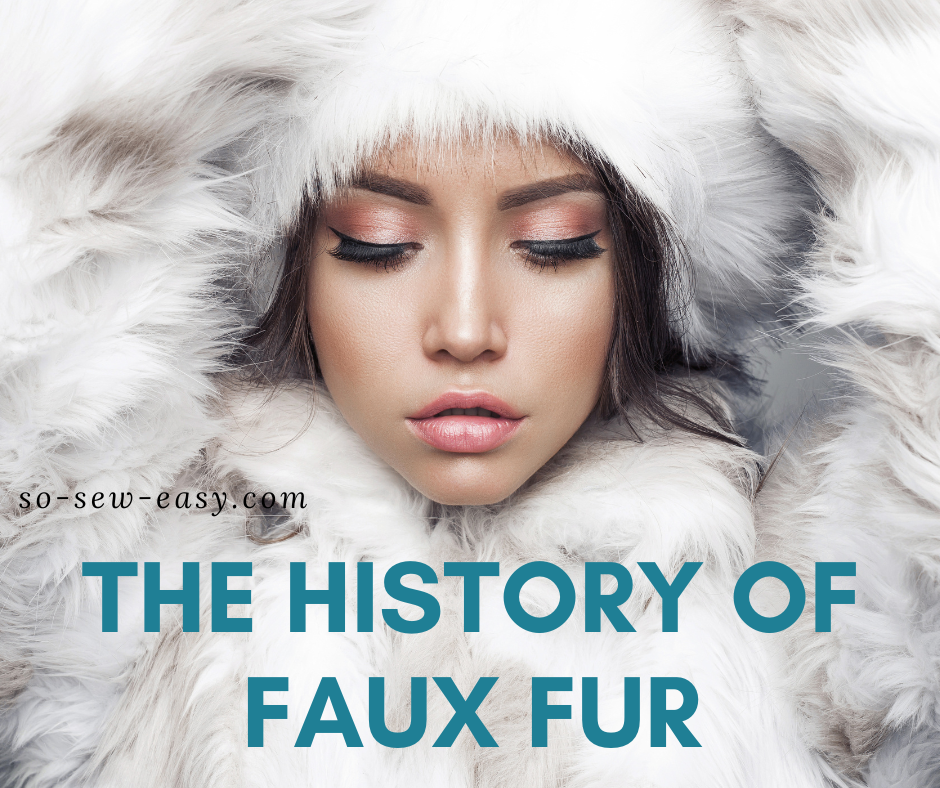
Faux fur, also known as fake fur or synthetic fur, is a material that is designed to resemble animal fur, but is actually made from synthetic materials such as polyester, acrylic, or modacrylic fibers. It has been used for centuries as a cheaper and more ethical alternative to real animal fur, and has become increasingly popular in recent years due to the growing awareness of animal cruelty in the fashion industry. Compared to our other topics the history of faux fur is fairly limited to modern times, and likewise, it has a more innovative future than most other textiles.
Origins
The origins of faux fur can be traced back to ancient civilizations, where people used plant fibers and animal hides to create warm clothing and blankets. Back then, the use of fake fur in fashion was not as prevalent as it is today. However, there are some historical examples of the use of imitation fur in clothing. One example is the Roman Empire, where clothing made from animal fur was a symbol of wealth and status. As a result, some people used fake fur to imitate the look of more expensive garments. The Roman author and philosopher Pliny the Elder wrote in his Natural History that people would use animal hair that had been dyed to create the appearance of exotic furs, such as those from panthers and lions.
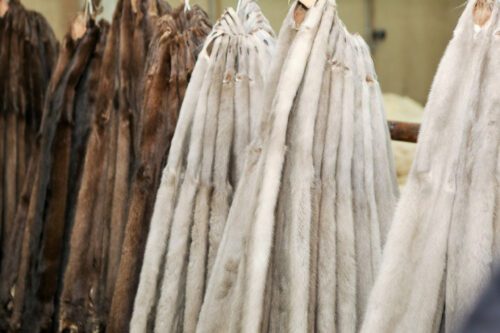

Another example of the use of fake fur in pre-modern times can be found in traditional Chinese clothing. During the Ming and Qing dynasties, wealthy Chinese individuals would often wear clothing made from silk and other luxury fabrics, and sometimes these fabrics were adorned with fake fur trimmings. The fake fur was made from materials like silk floss, which was shaved and then formed into tufts to resemble the fur of animals like foxes and mink. These imitation furs were used to decorate the collars, cuffs, and hems of clothing, and were intended to serve as a symbol of the wearer's wealth and status.
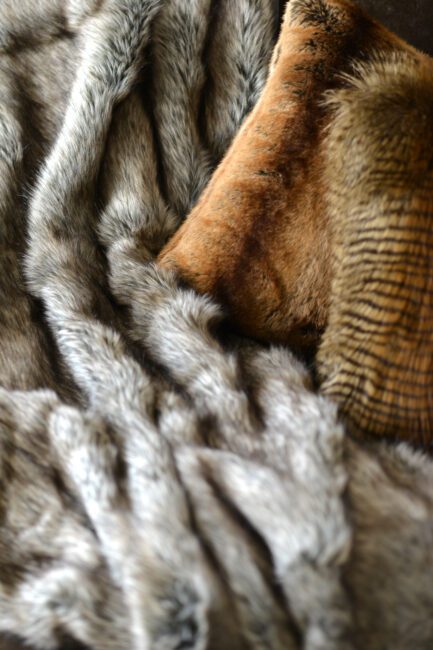

The First Synthetics
One of the first synthetic fur materials was called “astrakhan,” which was created by a French chemist in the early 1800s. It was made from a mixture of wool and silk, and was used to make garments that resembled the fur of the Astrakhan lamb, a type of sheep native to the Caspian Sea region. In the late 1800s, the French company Revillon Frères began producing synthetic furs made from wool and silk, and by the turn of the century, they were producing a wide range of synthetic fur garments and accessories.
Another example during this time period would be the first synthetic fake furs produced by a French chemist named Hippolyte Mège-Mouriès in the late 19th century. In 1877, he created a substance known as “oublie,” which was made from a mixture of fats and oils and had a fibrous texture similar to animal fur. Mège-Mouriès used oublie to create fake fur that was very similar in appearance to real fur, and it was used in clothing and decorative items like rugs and cushions.
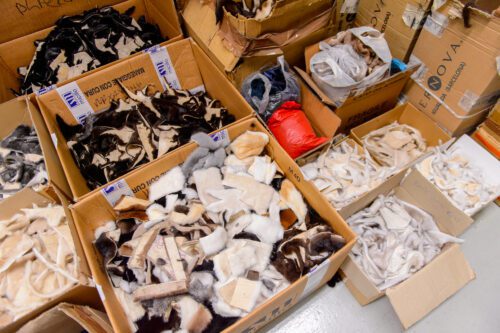

Mège-Mouriès' oublie was a significant development in the field of synthetic textiles, as it was one of the first successful attempts to create a synthetic material that could mimic the look and feel of animal fur. His invention was patented, but it wasn't widely adopted by the fashion industry at the time. Instead, it was used mostly for industrial purposes, such as insulating electrical wires. However, this is one of the key examples of early synthetic fake furs, and the success of oublie, would lead to further attempts by other scientists to create synthetic furs with better quality and characteristics.
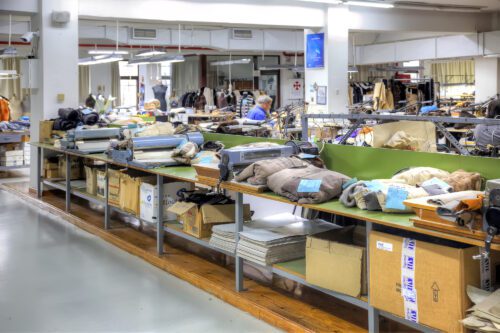

As synthetic materials continued to evolve, so did the production of faux fur. In the 1920s, a new synthetic fiber called “olefin” was developed, which was lighter, softer, and more durable than previous materials. This led to the creation of new types of synthetic fur, such as “olefin fur,” which was used to make garments and accessories that were more affordable and easier to care for than real fur.
At the time, Olefin was not widely adopted by the fashion industry, as it was still considered a new and somewhat unfamiliar material. Additionally, the synthetic fibers were not very soft and had a shiny appearance, which was not desirable for fur-like fabrics. However, over time, the technology improved and it became possible to produce olefin fur with a more natural look and feel.
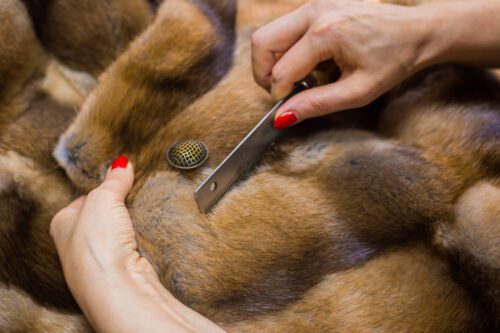

By the 1980s and 1990s, olefin fur began to be used more widely in clothing and home furnishings. The development of new production techniques such as air-jet texturing, made it possible to produce olefin fibers with a softer hand, similar to real animal fur. This along with its durability and resistance to moisture made it an ideal choice for a wide range of products. Its popularity as an alternative to real fur increased in the 21st century, as more and more consumers sought animal-friendly and eco-friendly options in the fashion industry.
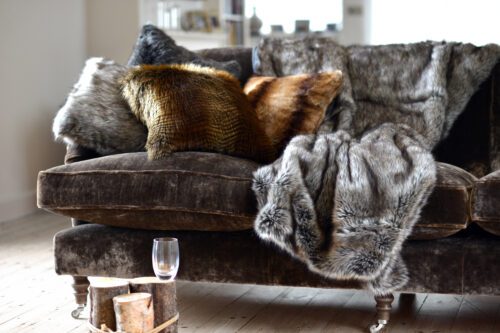

Recent Decades
In the 1990s, the fashion industry saw a resurgence of real fur, with designers such as Calvin Klein and Ralph Lauren using it in their collections. This led to a backlash from animal rights groups and environmentalists, who argued that the fur industry was cruel and environmentally damaging. As a result, many fashion brands began to adopt more sustainable and ethical practices, and the use of synthetic fur became more widespread.
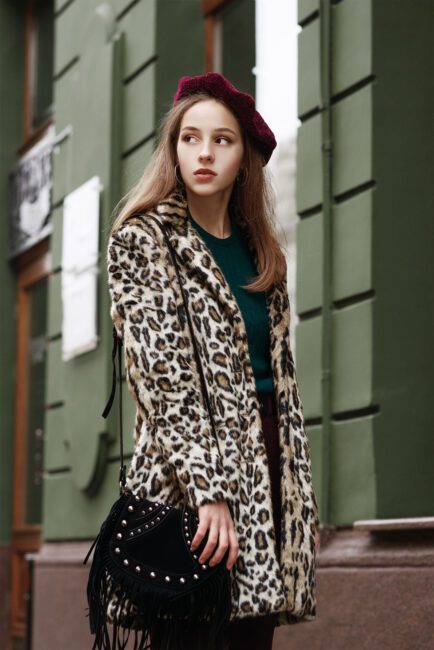

Today, faux fur is widely used in the fashion industry and is a popular choice for those looking for a more ethical and sustainable alternative to real fur. It is also used in a variety of other applications, such as in the film and theater industry, where it is used to create realistic animal costumes, and in the home furnishings industry, where it is used to make cushions, throws, and other decorative items.
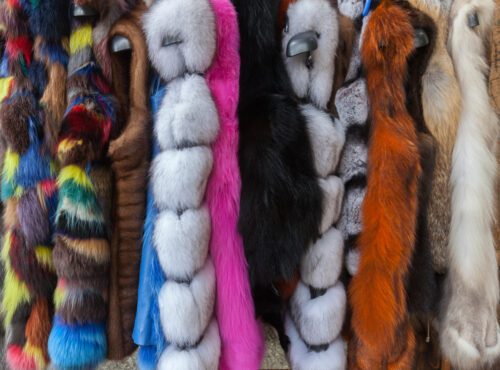

In recent years, the production of faux fur has come under scrutiny due to concerns about the environmental impact of synthetic materials. However, advances in technology and the use of recycled materials have helped to make the production of faux fur more sustainable. Many fashion brands and retailers now offer a range of eco-friendly faux fur options, and consumers can also choose to purchase vintage or second-hand faux fur items as a way of reducing their environmental impact.
The Future Of Faux Fur
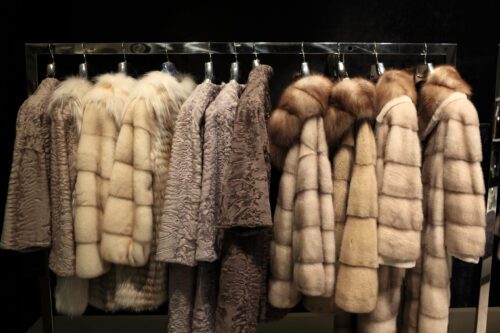

The future of synthetic fur looks promising as it is continuously improving in terms of quality, durability, and mimicry of real fur. With the increasing demand for animal-friendly and eco-friendly products, synthetic fur is becoming more and more popular among consumers and designers. This, in turn, is driving innovation in the field of synthetic fibers, leading to the development of new materials and production methods that make synthetic fur even more realistic and versatile.
In addition, the future of synthetic fur is also likely to be shaped by advances in technology. As new technologies such as 3D printing and machine learning are developed, it will become possible to create even more realistic synthetic fur, as well as customize it to a greater degree. Another big innovation would be the common use of biodegradable materials, as that would remove one of faux fur's greatest downsides.
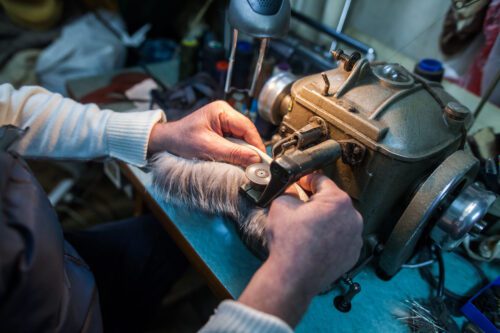

As we have seen, synthetic fur has come a long way in the last century, from being considered an industrial material to a common choice for clothing, home furnishings, and other items. Today, synthetic fur is not only an affordable and animal-friendly option, but it has also improved so much that it is almost indistinguishable from real fur.
If you are interested in learning more about synthetic fur and other sewing-related topics, please consider signing up for our email list. Our list features tips, techniques, and tutorials on a variety of subjects, and you'll be the first to know when we release new articles and resources. Signing up is easy, and you can unsubscribe at any time.








Thanks for another history lesson.
Wow, once again you have captured a topic that is fascinating. Did not know how old fake was. Love wearing my fakes and getting compliments when revealing I made it and no it not from an animal!